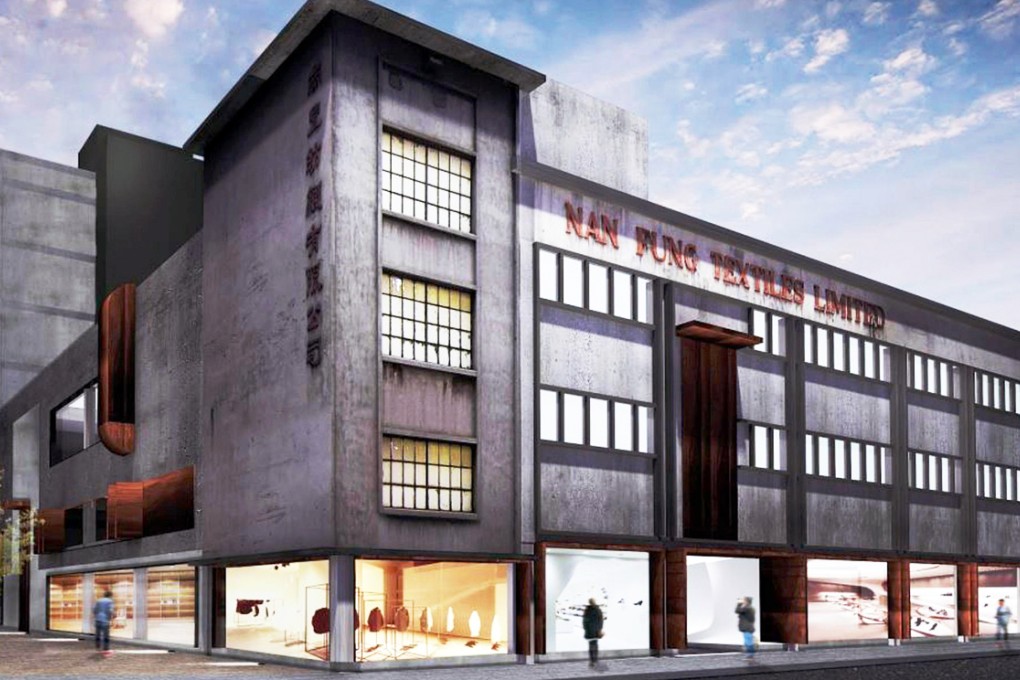Developer plans to spend HK$700m on new home for design creativity
Property developer Nan Fung Group plans to invest HK$700 million to revitalise a textile factory that played a major part in the founding of the company.

Property developer Nan Fung Group plans to invest HK$700 million to revitalise a textile factory that played a major part in the founding of the company.
The plan, being put before the Town Planning Board in January, is to transform the building into a creative landmark for fashion culture and an incubator for young design talent. If approved, it will be one of the largest privately initiated heritage conservation projects for cultural and creative purposes in the city.
Industry veterans hope the project will fill the gap left by government-led initiatives, which cannot meet the needs of the fashion design industry.
The group said it wanted to transform Nan Fung Mills Nos4, 5 and 6, in Pak Tin Par Street, Tsuen Wan, into The Mills, with a total gross floor area of 264,000 square feet.
The original mills played a key role when the group was founded in 1954 by Chen Din-hwa, who began Nan Fung Textiles, one of the largest manufacturers in the city at the time. But as the textile industry shifted to the mainland, the factory was forced to cease operations in 2008 and became a storage site.
Around 61,000 sq ft of the building will be allocated to the development of an incubation centre, offering studios to young designers at "affordable" rents as well as entrepreneurial training and mentorship programmes.